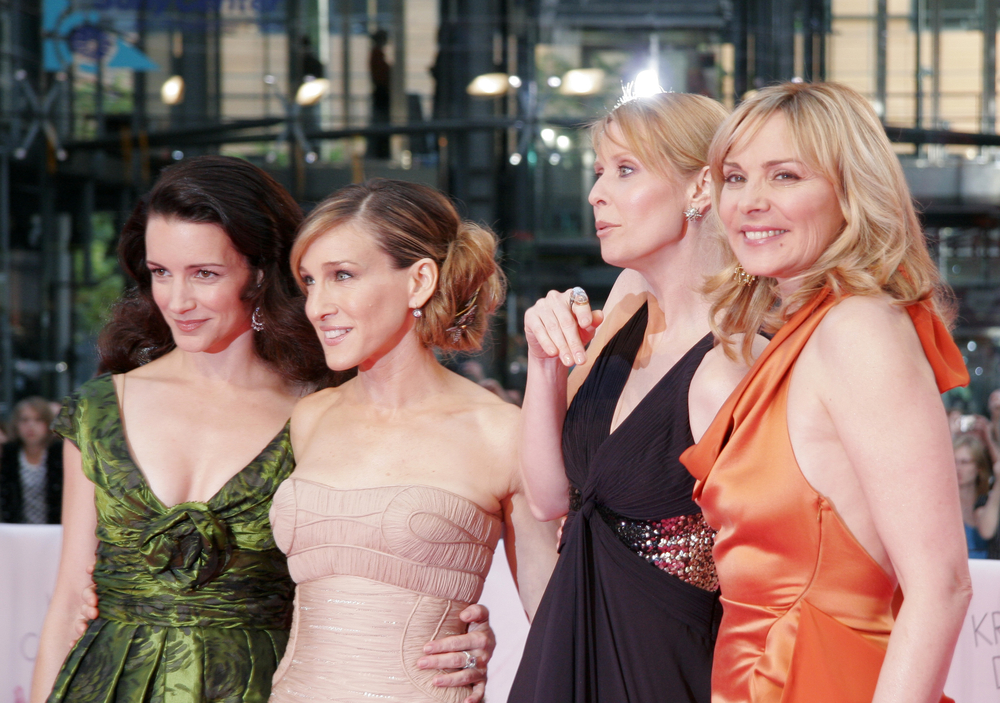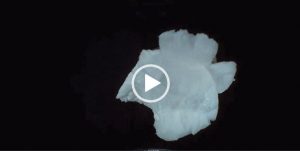
When Earth’s magnetic field is disturbed by the Sun’s solar wind, the night sky lights up with dancing streaks of colour. While the Northern lights (Aurora borealis) usually steal the show, the Southern lights (Aurora australis) are equally impressive but less accessible.
Auroras occur when the solar wind – electrically charged particles escaping the Sun – becomes trapped by Earth’s magnetic field. The particles are funnelled towards Earth’s two poles, colliding with gases in the atmosphere. These collisions produce Aurora borealis at the north magnetic pole, around the Arctic Circle, and Aurora australis at the south magnetic pole, around the Antarctic Circle.
Fast Facts
Earth’s magnetic field forms a protective layer around the planet. Called the magnetosphere, this deflects most of the solar wind particles. The particles that penetrate the magnetosphere are channelled towards the north and south magnetic poles. There, they interact with atmospheric gases to create brightly coloured auroras.
As electrons enter Earth’s upper atmosphere, they meet atoms of oxygen and nitrogen at altitudes high above Earth’s surface. The colour of the aurora depends on which atom is struck, and the altitude of the meeting.









































































































